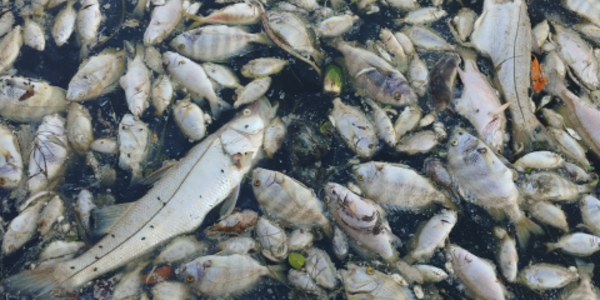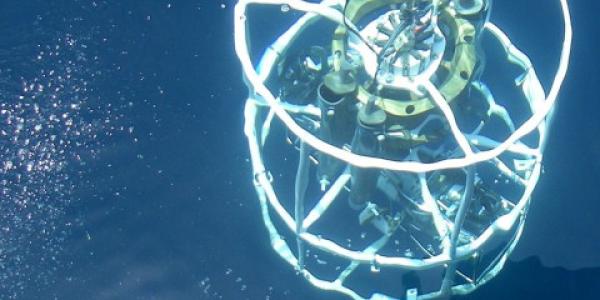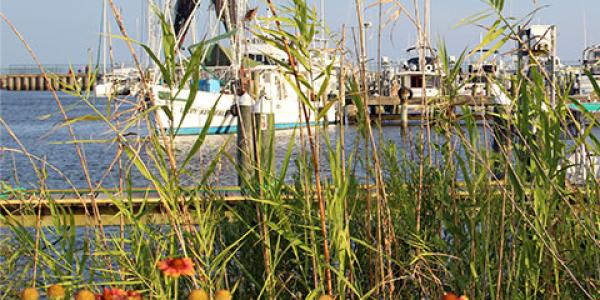
In 2010, the most significant offshore oil spill in U.S. history affected ecosystems across the Gulf of Mexico. Eleven workers were killed in the Deepwater Horizon rig explosion and fire on April 20, and an estimated 3.2 million barrels of oil escaped into the Gulf over 87 days from a damaged wellhead a mile below the surface.
Immediately, scientists from NOAA and many partner agencies stepped in. They began a process of collecting data to track the oil as it spread across the Gulf, both at the surface and within the water column. NCEI played a pivotal role in the response, not only by preserving the data being collected, but by providing public access to data in near-real time. NCEI was also a key player in the multi-agency Joint Analysis Group (JAG) for Surface and Sub-surface Oceanography, Oil, and Dispersant Data, providing rapid data processing and analysis in support of that group’s mission to track the subsurface hydrocarbon plume.
Currently, NCEI stewards an unprecedented archive of publicly available data compiled during the Deepwater Horizon oil spill response. NCEI is also working with partners, principally NOAA’s Office of Response and Restoration, to capture and preserve the trove of monitoring and research data collected since the response, including recently released data collected as part of the National Resource Damage Assessment.
Deepwater Horizon by the Data
NCEI provides free access to its archived data: Gulf of Mexico regional products, fisheries information, a selected oil spill bibliography, and other special collections. Climatologies for various parameters were also calculated from historical data in the NCEI archives, so that going forward, researchers studying the spill can determine how the oil may have changed various ocean properties.
NCEI’s response data encompass:
- Ocean data from aircraft, floats, gliders, and ships
- Fisheries and other marine animals observations
- Resources on oil spills, response, and restoration
- Special data collections, such as chemical contaminant measurements
Numerous organizations collected data related to the oil spill response, including private industry, federal and state agencies, and academic institutions. In many cases, these organizations compiled the data in databases as complete datasets.
NCEI's Deepwater Archive
After the spill began, organizations began collecting information about the environment and marine life in the Gulf in a variety of ways. The assessment area covered open water and coastal environments in the five U.S. states that have Gulf coastline: Texas, Louisiana, Mississippi, Alabama, and Florida.
The NCEI archive holds more than 200 data collections related to the spill and reflect the operations during the response. These records are discoverable and accessible through NCEI’s geoportal search and provide information on oxygen levels, salinity, plankton, pH, water temperature, chemical profiles, and many other conditions.
The data contribute to studies that assess the impacts on fish, shellfish, marine mammals, turtles, and birds. The information also helps coastal communities understand the consequences on habitats, including wetlands, beaches, marshes, corals, and the water column.



